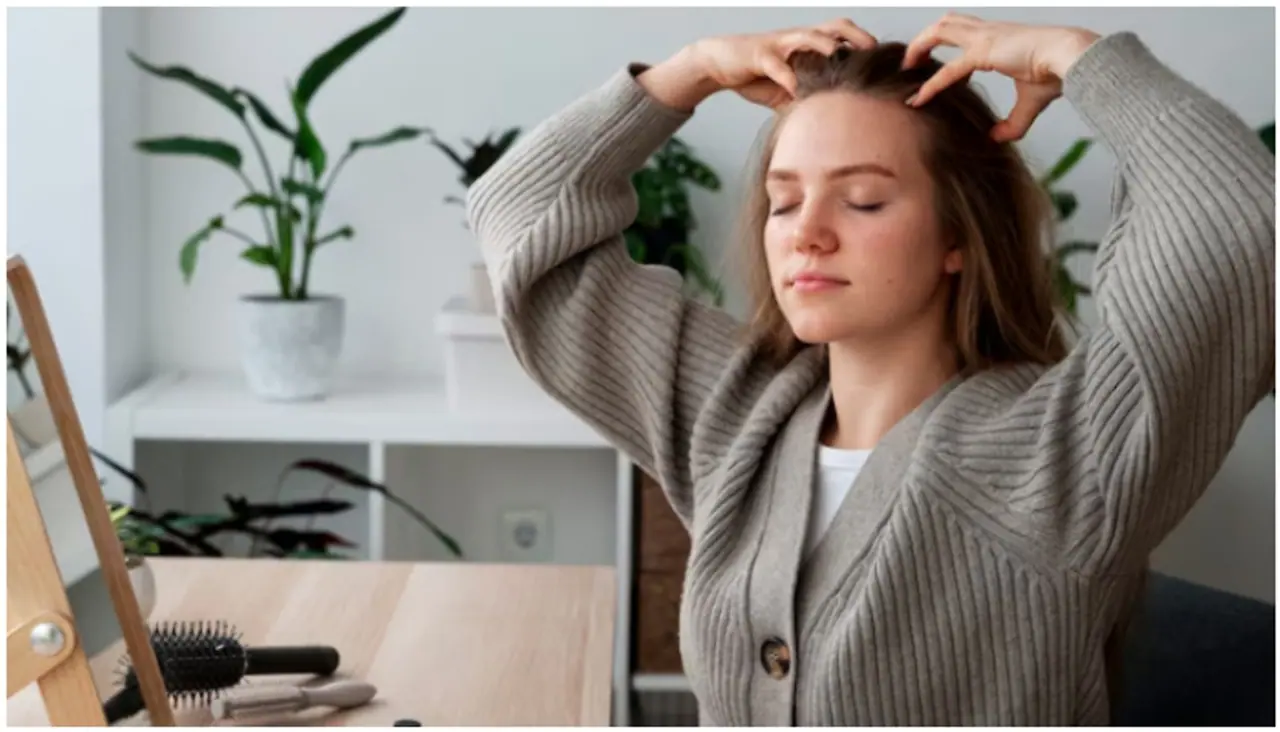Essential Hair Oiling Tips: Key dos and don’ts for effective hair care
Discover the essential dos and don’ts of hair oiling to maximize hydration, prevent buildup, and ensure a healthy, beautiful hair.

Hair oiling is a vital part of hair care, offering numerous benefits like hydration and nourishment. However, achieving the best results requires proper technique. Follow these essential dos and don’ts to ensure effective oiling and maintain healthy, beautiful hair.

Choosing the Right Oil
Do:
Choose an oil suited to your hair type, like coconut for moisture or tea tree for dandruff. Ensure it's high-quality and organic, free from additives. Always patch-test before full application to avoid allergic reactions.
Don’t:
Avoid using oils that are too heavy or unsuited to your hair type, as they can cause excessive greasiness or buildup. Steer clear of oils with synthetic fragrances or additives, which can irritate your scalp. Always test new oils carefully to ensure they don’t trigger allergies or sensitivities.
Applying Oil Effectively
Do:
Warm the oil slightly before application to enhance absorption and ensure it penetrates effectively. Apply the oil evenly from your scalp to the ends of your hair, covering all areas for comprehensive nourishment. Use gentle circular motions with your fingertips to massage the oil into your scalp, which helps stimulate blood circulation and promotes healthy hair growth.
Don’t:
Avoid overapplying oil, as excessive amounts can make your hair greasy and hard to wash out. Don’t focus solely on the ends of your hair; ensure you also treat the scalp to achieve even results. Take your time during the application process to ensure the oil is evenly distributed throughout your hair for optimal benefits.
Timing and Removal
Do:
Follow the recommended timing for leaving the oil on, from 30 minutes to overnight. Rinse thoroughly with a mild shampoo, and use a clarifying shampoo if needed to ensure all oil residue is completely removed.
Don’t:
Don’t leave the oil on for longer than recommended, as it may lead to scalp irritation or excessive buildup. Avoid using harsh shampoos immediately after oiling, as they can strip your hair of essential moisture. Ensure you rinse thoroughly to remove all oil residue, as any leftover oil can attract dust and dirt.
Maintaining Hair Health
Do:
Wash your hair regularly to prevent oil buildup and maintain scalp hygiene. Clean your hairbrush and comb frequently to avoid transferring oil and bacteria. Pay attention to how your hair and scalp react to oiling, and adjust your routine as needed for optimal results.
Don’t:
Don’t overdo oiling, as frequent application can lead to buildup and potential scalp issues. Pay attention to any signs of irritation or discomfort; discontinue use if you experience adverse effects. Avoid using heat styling tools on oily hair without washing it first, as this can cause damage and leave your hair looking greasy.
Explore the latest Lifestyle News covering fashion, wellness, travel, Food and Recipes, and more. Stay updated with trending Health News, fitness tips, and expert insights to inspire your daily living. Discover personalized lifestyle trends that keep you stylish and informed. Download the Asianet News Official App from the Android Play Store and iPhone App Store for everything that adds value to your everyday life.